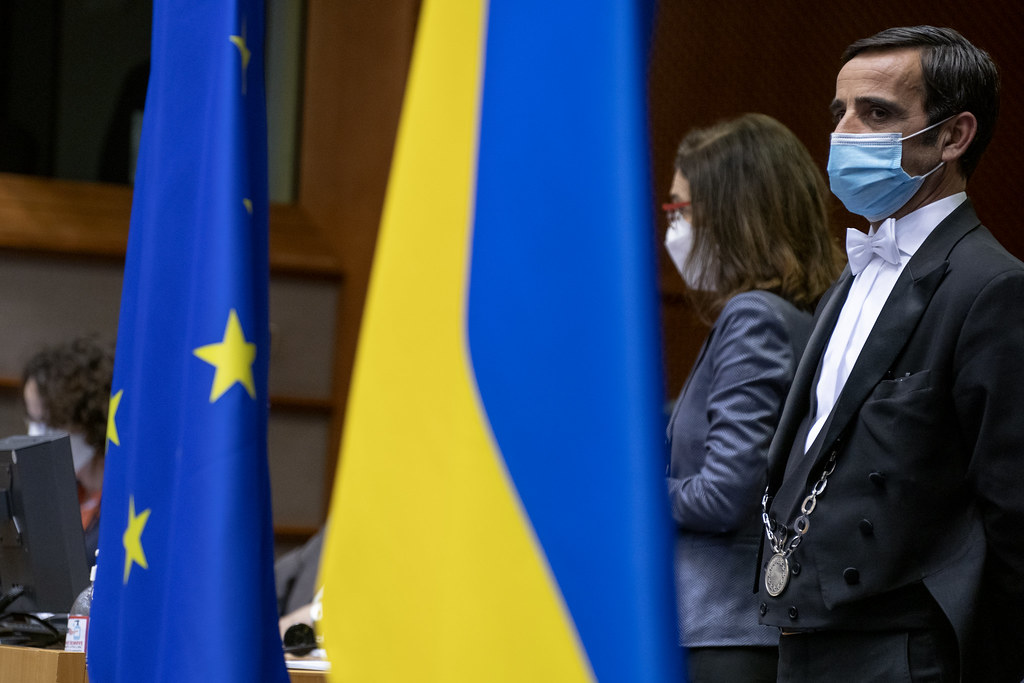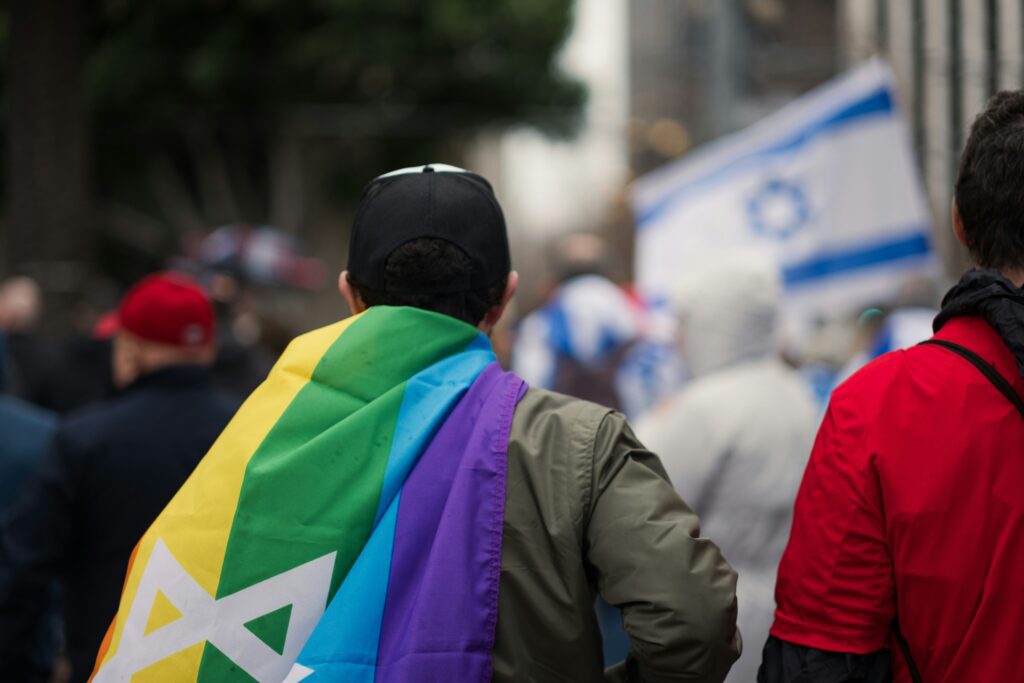US China Trade War Impact on Global Economy.
US China Trade War Impact on Global Economy. 1. Introduction The US China trade war continues to evolve, affecting various industries and prompting countries to reassess their trade strategies. Historically, China and the United States have had a close relationship regarding economics for a long time. There are many ways to influence the global economy, and these range from shared supply chains and huge trade to competition for investments and technology. Nonetheless, the relationship started to deteriorate in 2018 after the launch of a US-China trade war. The US China trade war has far-reaching implications for global economics. The US trade deficit, issues related to IP theft, and China’s direct support to certain industries caused the start of the trade war as claimed by the US government then. Because of war many countries, manufacturing, agriculture, and technology sectors were seriously affected by these events, while both developing countries and multinational companies sought to adjust to changes. Moreover, understanding the US China trade war is crucial for businesses looking to navigate international markets effectively. The US China trade war has implications for global supply chains and international relations. This article examines the history and impact of the trade war that took place between the US and China. It evaluates how the economic conflict has affected global trade, supply chains, investment, and trade pacts. Also, seeing the bigger picture of this trade war is important for detecting possible changes in world trade. What Sparked the US China Trade War? Experts believe that the US China trade war will redefine global economic alliances. Initially, both economic concerns, poor relations over trade secrets, and competition between the countries led to the trade war. Issues over market access and trading unfairness soon grew into bigger issues surrounding technology, global clout, and trade. These are the primary causes of the intense struggle that led to the major economic dispute. 1. Trade Imbalance and Protectionist Policies In 2017, US-China trade amounted to a deficit of over $375 billion, mostly leading to the trade war. American officials believed that the imbalance came about because of unfair practices in trade. The US China trade war has led to significant shifts in manufacturing locations and trade practices. As a result, the Trump administration began placing tariffs on various products imported from China in 2018. Tariffs on steel and aluminum were applied first, and after that, a larger group of goods was hit, which resulted in Chinese retaliation. Additionally, the US China trade war has heightened concerns over global economic stability. 2. Intellectual Property (IP) Theft Allegations Some claimed that there was also a problem of illicitly obtaining other people’s inventions. The US blamed China for: In response, Silicon Valley and American government officials asserted that China’s steps were threatening US ingenuity and promoting unfair competition for Chinese companies. 3. Strategic Rivalry and Economic Nationalism The conflict was also an expression of the broader competition occurring between the United States and China. There is competition between the countries to lead the world in economic and technical matters. Understanding the nuances of the US China trade war is essential for policymakers. Because of these different goals, the conflict grew stronger, making the US decide to lessen its dependence on Chinese products. Timeline of Key Events in the US China Trade War Starting in 2018, there have been ongoing disputes and shifts in trade policies between the US and China. This shows the main events that shaped the global trade war and affected commerce worldwide. 2018–2020: Tariff Escalations and Economic Tensions In March 2018, President Trump announced a 25% tariff on steel and a 10% tariff on aluminum, stating that the reason was national security. Most of these measures were introduced worldwide, but they mainly focused on China. Last July, the United States made Chinese goods more expensive by slapping a 25% tariff on a range worth $34 billion, prompting Beijing to re- imposing tariffs on American goods. Some major events during this period were: Because of the tariff increases, global supply chains were disrupted, which made things more expensive for businesses and consumers. January 2020: The Phase One Trade Agreement Analysts predict that the US China trade war will lead to new forms of economic collaboration. The agreement between the US and China in January 2020 was called the Phase One trade deal, and it offered a break from disagreements. This included: The deal helped, but key issues were not settled, so tariffs still afflicted world trade. The US China trade war continues to shape the landscape of global trade agreements. 2021–Present: Biden Administration’s Strategic Trade Policy Under Biden, the approach to trade was like Trump’s, though officials shifted interest to strategic rivalries, building a secure supply chain, and working with allies. However, this approach change again immediately President Trump regains power by his high tariffs, which some see a retaliatory measures from China, and temporary truces to mitigate economic fallout. Still as the tone softened, the rivalry between the US and China over their economies continued to transform into a larger contest over who is the most technologically advanced and powerful on a global scale. Global Economic Impact of the US China Trade War The disagreement in trade between the US and China has had a big effect on the world economy. When the economic titans established tariffs and countermeasures, the outcome affected connections among countries, financial systems, and business choices. The conflict kept both US and Chinese economies from growing and it caused difficulties for trade around the world, lowered trading confidence, and changed agreements on trading between countries. 3.1 Disruption of Global Supply Chains The trade war caused goods supply chains all over the world to be disrupted. Because of tariffs, using Chinese parts became expensive for US companies. Additionally, Chinese businesses associated with America had to find new suppliers. There were issues with raising production costs and facing logistic problems for companies such as Apple, General Motors, Tesla share came down and Caterpillar. One example is that







